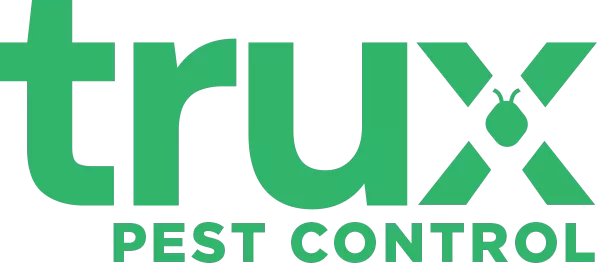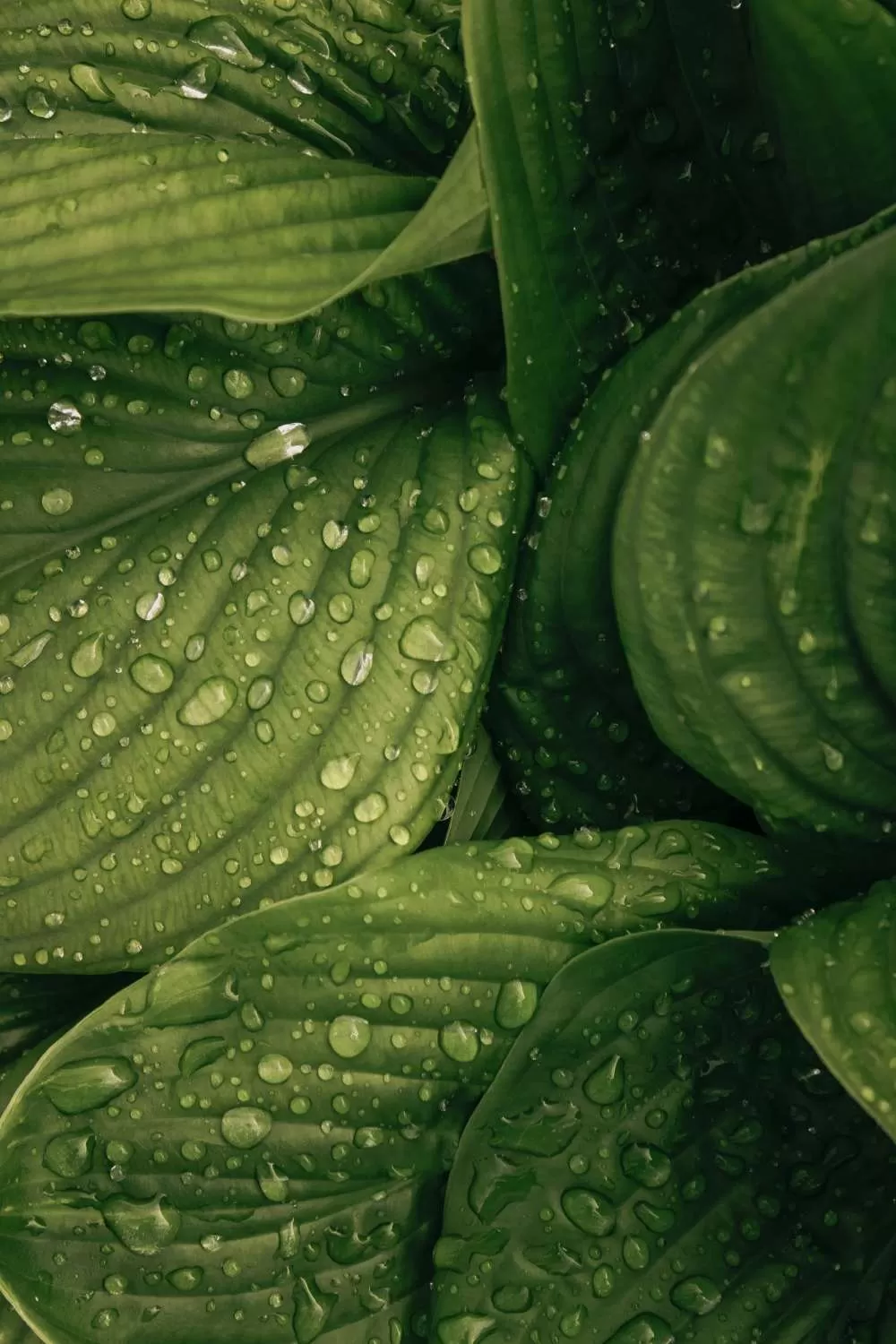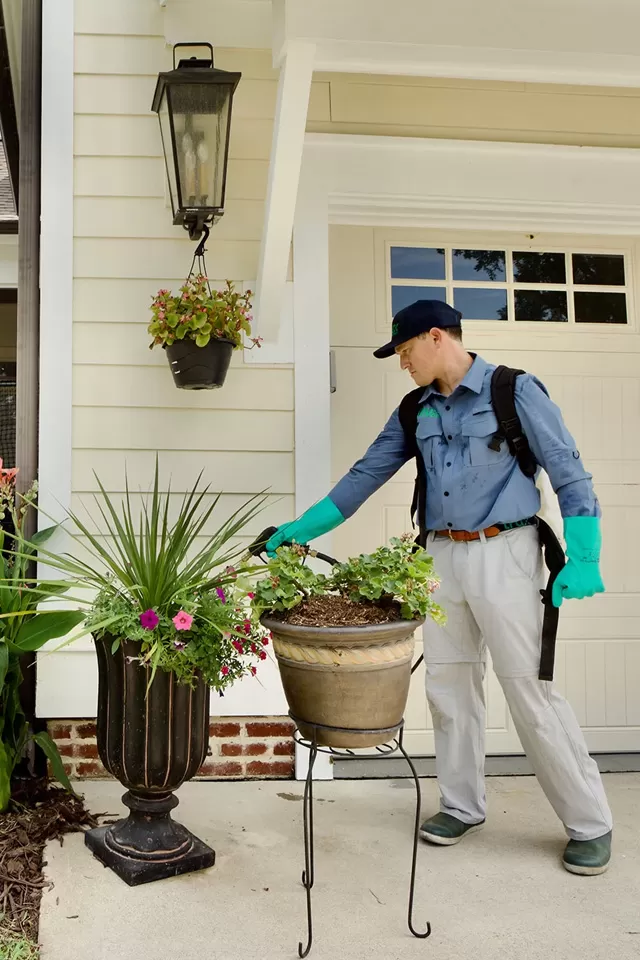🐜 Fire ant control now included in general service!
Are Ants Invading Your Yard and Home?
We can get rid of those nasty ants!
Top Rated
Check out our reviews and see why so many choose TruX for Ant Control Service.
We’re Local
We live and work here so we know a little bit about the type of pests that you may have.
Easy Scheduling
Fill out our free inspection form and let us know the best time to stop by. We are here to help.
ANT control in clayton nc
After a hard rain, have you noticed little mounds pop up in your yard? Have you found ants in your sugar jar or your food pantry?
Ants are social insects meaning they live in colonies with three main groups: workers, queen(s), and males. This insect army can move stealthily and invade almost overnight.
Why do ants come into your home? Ants come into our homes because they are in search of food, water, and shelter. They find their way inside through entry points like cracks in the foundation, around windows, and a gap around water pipes.
What attracts them to your yard? Ants love trash cans, mulch, shrubs, trees, or pots, and they will make nests and be almost undetectable until disturbed.
Did you know there are over 700 species of ants in the United States? No wonder ants have been considered the #1 nuisance pest in America. Here are some common ants in North Carolina and along the East Coast.
RED FIRE ANT
Fire ants probably have the worst reputation among the ant species found in the Untied States. Here is a litlle about them.
LOOKS LIKE: Fire ants are dark reddish brown in color and range from 1/8-3/8 inch long.
HABIT: Red imported fire ants build their nest mounds outdoors in landscape areas or near a structural foundation. They can also gain entry to a building through holes or cracks in the exterior structure.
DANGER: Red imported fire ants attack with a painful sting when nests are disturbed. The sting often results in a raised welt that becomes a white pustule. Anyone allergic to insect stings will react more severely.
ODOROUS HOUSE ANT
Odorous House Ants, or also known as the sugar ant, are common throughout the Untied States. Here is their profile.
LOOKS LIKE: Odorous house ants are dark brown to black in color and range in size from 1/16-1/8 inch long.
HABIT: Typically living for several years, odorous house ants are known to make their homes in exposed soil. They also nest in cracks of walls and under floors inside homes.
DANGER: These ants do not pose a public health risk or cause structural damage to buildings. They can contaminate food. These species give off a rotten coconut-like smell when crushed, which is why they are known as “odorous” ants.
ARGENTINE ANT
Argentine Ants maybe be tiny, but are known to be the most invasive species. Each nest has more that one queen that reproduce at the same time. These are not the strongest ants, but they are mighty in number.
LOOKS LIKE: Argentine ants are dark brown and between 1/16-1/4 inch long in size.
HABIT: Argentine ant colonies like to find in wet environments near a food source. They will move from the garden into homes during certain times of the year. When it’s cold and wet outside, and in peak summer, when it’s hot and dry outside.
DANGER: Argentine ants do not pose a health threat but can contaminate food and excrete a musty odor when crushed.
CRAZY ANT
Crazy Ant got its name because of its quick, unpredictable movements. Crazy ants decimate native insects. They overtake beehives and destroy the colonies. They may smother bird chicks struggling to hatch.
LOOKS LIKE: Crazy ants are dark brown to black with a gray sheen. They range from 1/16-1/8 inch long in size. This species is highly adaptable to both dry and moist habitats.
HABIT: Crazy ants are highly adaptable to both dry and moist habitats. These species enter homes in the autumn or after rainfall because both conditions reduce food supply, known as honeydew. Crazy ant workers are omnivorous, feeding on dead and live insects; honeydew is produced from insects, fruits, plant secretions, seeds, and a variety of household food items such as sweets, meats, grease, and liquids. Inside the home, these ants usually nest underneath floors or carpeting. Outside, the nests are shallow and commonly found in the soil under objects or near foundations.
DANGER: These ants do not pose a health threat, but if they gain entry to a structure, they can become a nuisance. Are known to be attracted to electronics, circuit boxes, and machinery. Known to invade and kill bird hatchlings.
PAVEMENT ANT
LOOKS LIKE: Pavement ants are darkish brown to black and are about 1/8 inch long.
HABIT: Pavement ants get their name because they make their nests in or under cracks in the pavement. They can infest structures by entering through holes in the concrete foraging for food. Very destructive and a nuisance you do not want in your home.
DANGER: These black pavement ants do not pose a public health risk but eat almost anything and can contaminate food. Pavement ants do not bite, but do have the ability to sting. Not an aggressive nature.
WHAT DOES TruX PEST CONTROL DO FOR AN ANT Infestation?
TruX Pest Control technicians are trained to help manage a number of ants and similar pests. Since every home is different, your TruX® Pro will design a personalized ant treatment program for your situation.
Keeping ants out of homes and buildings is an ongoing process, not a one-time treatment. TruX Pest Control uses safe treatments can provide the right solution to keep ants in their place…out of your home, or business.
WHAT IS THE BEST PREVENTION FOR ANTS?
Not only are ants a nuisance, but they can cause much damage to your home, and some readily bite to protect themselves and their colonies.
The best protective measure for Ant control is quarterly maintenance. With regular preventative treatment by TruX, we can keep destructive pests from being a nuisance in your home.
Our TruX technicians are trained to spot the signs of ant nesting, damage, and behavior and are equipped with treatments needed to prevent or solve your pest problem. Our service includes a full inspection, treatment, and prevention for ants.



